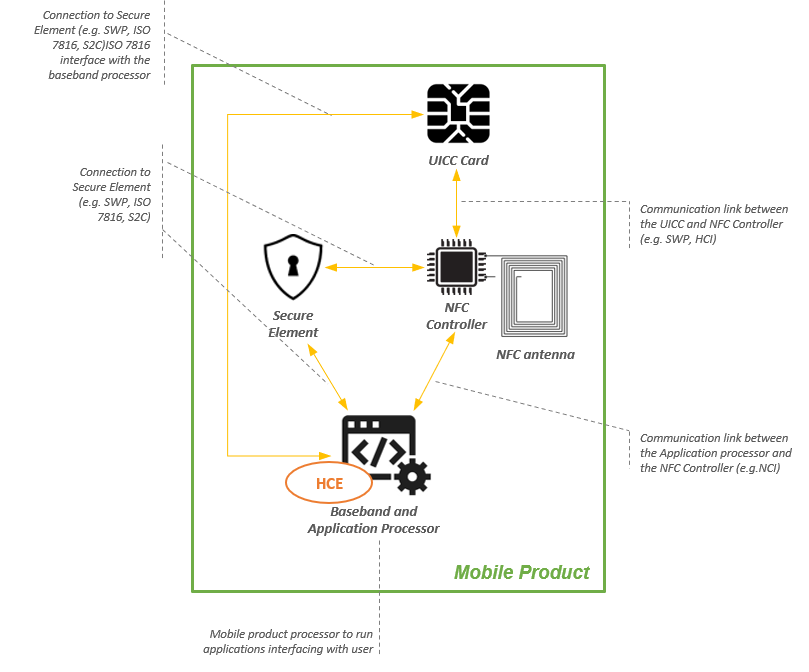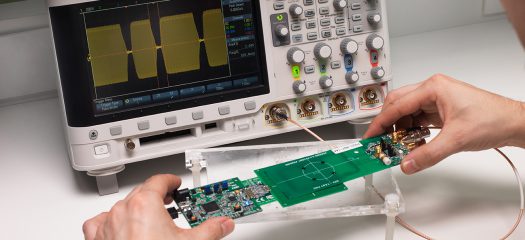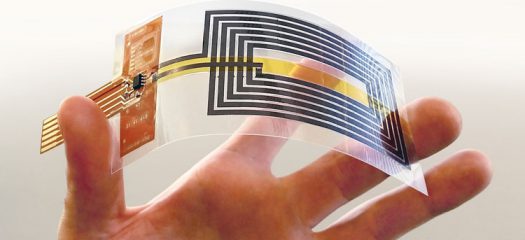Introduction to EMV certification for wearable devices
Contactless payments are becoming an attractive feature for wearables of all kinds. Consumers worldwide are increasingly comfortable with contactless technology and have a growing appreciation for how easy it is to make a secure payment by simply tapping a card or device to a payment terminal.
Expansion in the Internet of Things is helping drive demand for contactless payments too, since wearables are helping people take advantage of mobile payments in new and unexpected ways. Increased computing power inside wristbands, smartwatches and other wearables is expanding functionality beyond the traditional fitness and health use cases, and people are seeing the value in having a device that is always with them but doesn’t need to be stored in a pocket or bag. Even the coronavirus pandemic has had a role in boosting demand for wearable payments, by highlighting the fact that contactless is a more hygienic way to pay.
For many companies offering wearable devices, this recent combination of trends means there’s never been a better time to add support for contactless payments.
Ensuring interoperability
In terms of product design, one of the first considerations for adding contactless payment functionality to a wearable is ensuring it will work with the existing payment infrastructure. Today’s consumers expect their devices to work seamlessly while tapping the device against a payment terminal, and will quickly reject any device that has compatibility issues or fails to work as expected. Convenience is the main objective, so it’s important that people are confident their new device will simply work, without delays or hassles, wherever they are.
To satisfy these consumer demands, a wearable needs to offer the broadest possible interoperability and acceptance. The best way to achieve this is to use NFC technology for payments and design it in such a way that it complies with the EMV Contactless Communication Protocol Specification.
EMV – which originally stood for Europay, Mastercard, and Visa – was first implemented in the 1990s and now dominates the payment space. The EMV spec is currently developed and managed by EMVCo, an organization owned by American Express, Discover, JCB, Mastercard, UnionPay, and Visa, and supported by industry stakeholders.
EMVCo has become the de facto global organization driving and evolving the specifications and compliance process that govern secure payment transactions, including those for chip-based smartcards, mobile devices, and payment terminals. As of Q2, 2019, EMVCo reports that 80.1% of worldwide payment transactions were based on EMV technology.
The clear dominance of EMV technology, combined with consumer demand for global interoperability, makes EMV the logical choice for contactless payments. It also means that, if you’re making a wearable that will support contactless payments, you’ll need to plan for your product to undergo EMV certification before it hits the market.
EMV certification
To certify that wearable devices conform to the EMV contactless specification, EMVCo defines a dedicated approval process, called Wearable Level 1. Wearable Level 1 is based on Mobile Level 1, which attests that smartphones and other battery-powered devices comply with the specification, but includes specific acceptance criteria for wearable devices.
Passing Wearable Level 1 certification means your device receives a three-year Letter of Approval (LoA) from EMVCo, which is the proof point for the payment ecosystem that your product complies with EMVCo specifications.
At first glance, the certification process seems simple enough. You download a form, register to have your wearable device evaluated, and select an EMV-certified laboratory to do the evaluation. The lab does its work and submits a test report to EMVCo. EMVCo then reviews the report and, upon acceptance, issues an LoA for your product.
The tricky part is that certification costs money and takes time, so it’s important to pass on the first try. Any corrective measures that need to be taken, if the device fails certification, add to the development effort and can delay the product launch. It’s important to know what to expect, so the certification process goes smoothly.The clear dominance of EMV technology, combined with consumer demand for global interoperability, makes EMV the logical choice for contactless payments. It also means that, if you’re making a wearable that will support contactless payments, you’ll need to plan for your product to undergo EMV certification before it hits the market.
What’s being tested
The Wearable Level 1 process confirms that the device performs in line with EMV contactless specifications and validates the product communication behavior performing hundreds of transactions with a pool of reference terminals, additionally the process evaluates the product performance.

As mentioned above, the Wearables Level 1 process is a subset of the Mobile Level 1 process. For contactless operation, the primary focus of Wearable Level 1 approval is the NFC controller, the NFC antenna, and operation in the NFC standard’s Card Emulation mode.
Key considerations
The bottom line is that, to pass Wearable Level 1 approval, your wearable needs to demonstrate good enough NFC performance to work successfully with EMV payment terminals. Whether or not your product does this depends heavily on two things – the NFC antenna and the NFC configuration.
- NFC antenna design and placement
The NFC controller is typically connected to an external coil antenna. The size, shape, and composition of the antenna, as well as its placement in the design, all have an impact on performance. For example, placing the antenna too close to metallic parts of the design, such as the battery, the PCB, or other electronic components, can lead to detuning of the antenna. Shielding the antenna can improve operation in a close metallic environment, but the shielding itself has to be carefully optimized so as not to reduce its performance. As a general rule, the antenna needs to be modeled and tested carefully in its final environmental conditions to confirm proper operation, and ensure EMV compliance. - NFC performance optimization
Having built and assembled the NFC antenna, it’s time to focus on the NFC configuration. To achieve EMVCo compliance, it’s important to define and validate the NFC matching configuration for optimum performance. It’s also important to evaluate the NFC software configuration, with an eye toward balancing the tradeoff between EMVCo compliance performance and power consumption. Battery life is an important question in all mobile devices, but especially so with today’s wearables, and efficient power management can create an important competitive advantage.
It’s important to consider these topics early in the design process, so as to avoid facing major hurdles when undergoing EMV certification. Also, knowing how your design performs in the EMV environment before you enter the certification process can help anticipate potential challenges and minimize the costs associated with having to revise or fine-tune the design.
We’re here to help
Preparing for EMV certification can add an extra level of complexity to what is often an already tight development schedule. Working with a partner who has deep technical knowledge, extensive experience with the EMVCo certification process, and in-house EMV test tools can help save time, simplify the development effort, and reduce costs.
At MobileKnowledge, we have more than 5 years of experience in the integration of NFC technology into wearable devices. Our EMVCo L1 pre-certification service is designed to guide you through the process and help ensure first-time success. Using our qualified test tools, our expert engineers help you to debug, adjust, and fine-tune your solution such that your design conforms to EMV requirements.
As part of our pre-certification service, we review your wearable’s device constraints to ensure it enables optimal NFC performance. We support you during design and integration of the NFC antenna and recommend improvements at the hardware and software levels so you can balance the tradeoff between power consumption and EMV compliance. We perform an initial optimization of contactless performance from a hardware perspective, focusing on NFC matching, and from a software perspective, with an emphasis on corresponding NFC register settings. We also work on your behalf to drive the Wearable Level 1 Approval process through your chosen EMV certified laboratory.
With our experts by your side, you can be confident that you will speed up the process for your wearable device to obtain an EMV Letter of Approval, so you can take advantage and meet faster the growing demand for wearables equipped with payment capabilities.
Take the next step
To learn more about how we can help you design and qualify a wearable that supports EMV contactless payments, please email us at: contact@themobileknowledge.com
Related topics
Design, test and verify your contactless payment solution for EMV® Level 1 contactless certification
MobileKnowledge launches its Payment Everywhere vision: turn your NFC product, wearable or personal accessory, into a contactless payment device.
Improve the RF performance of your solution, with the right tools and expert support



